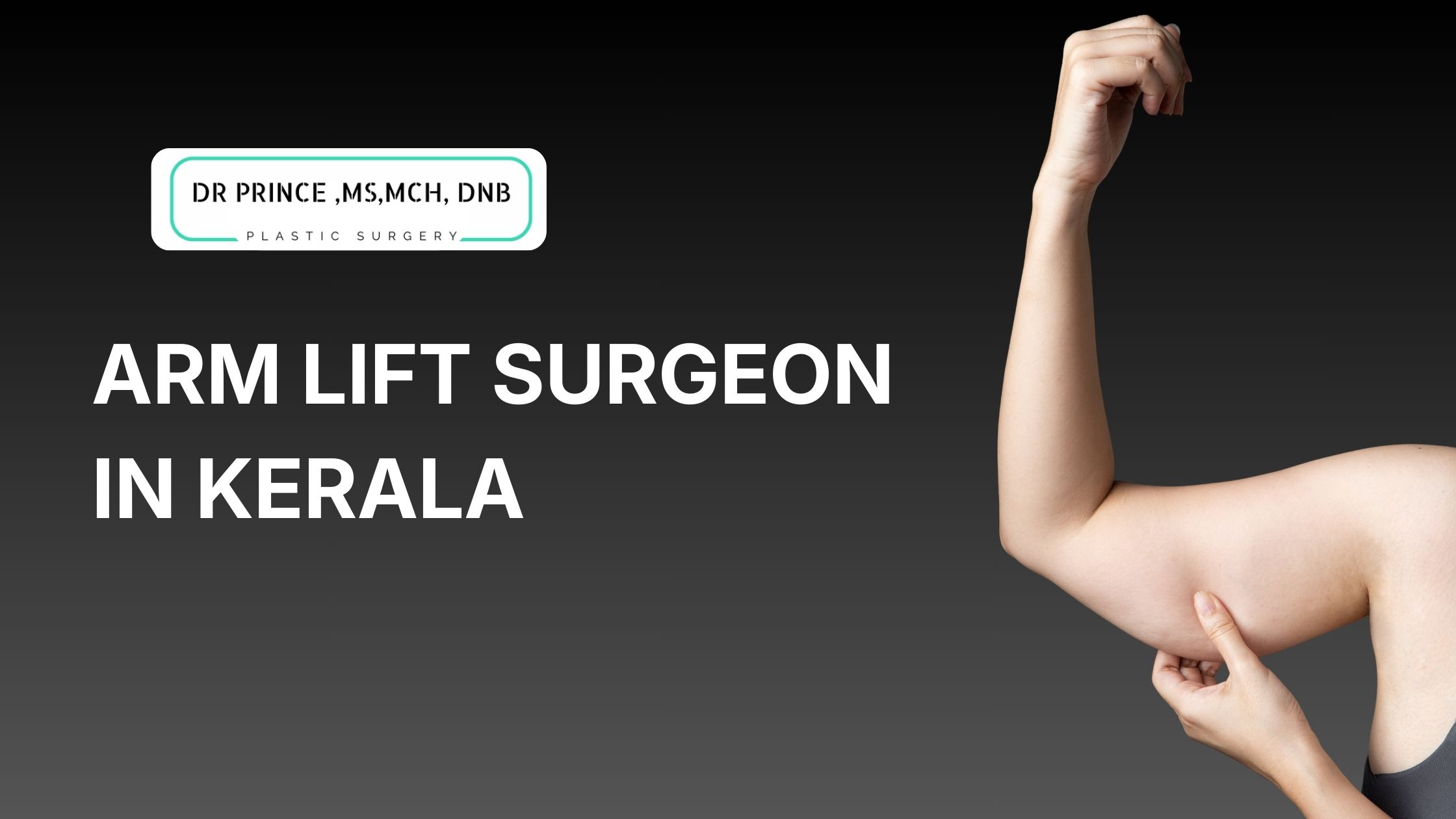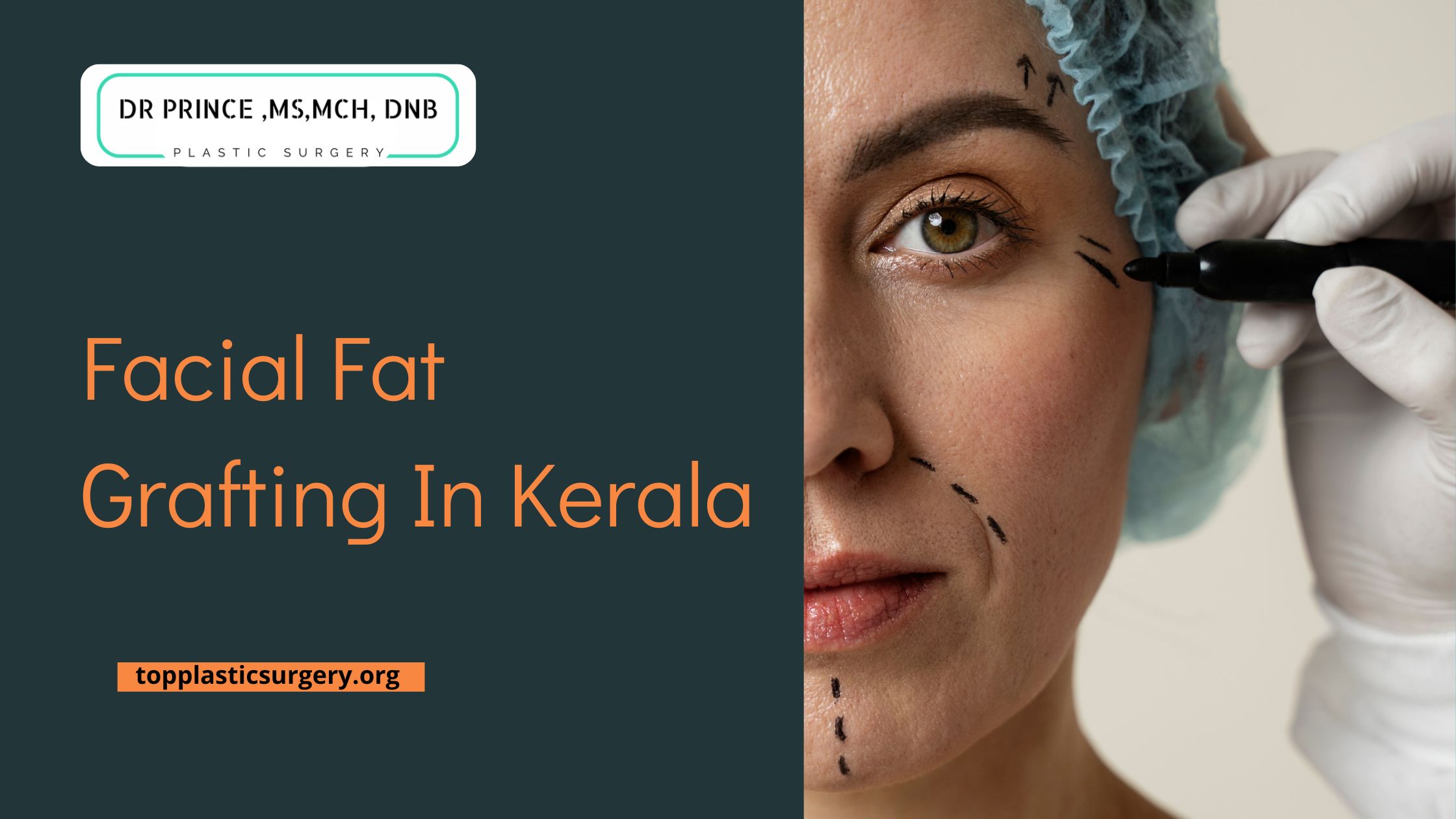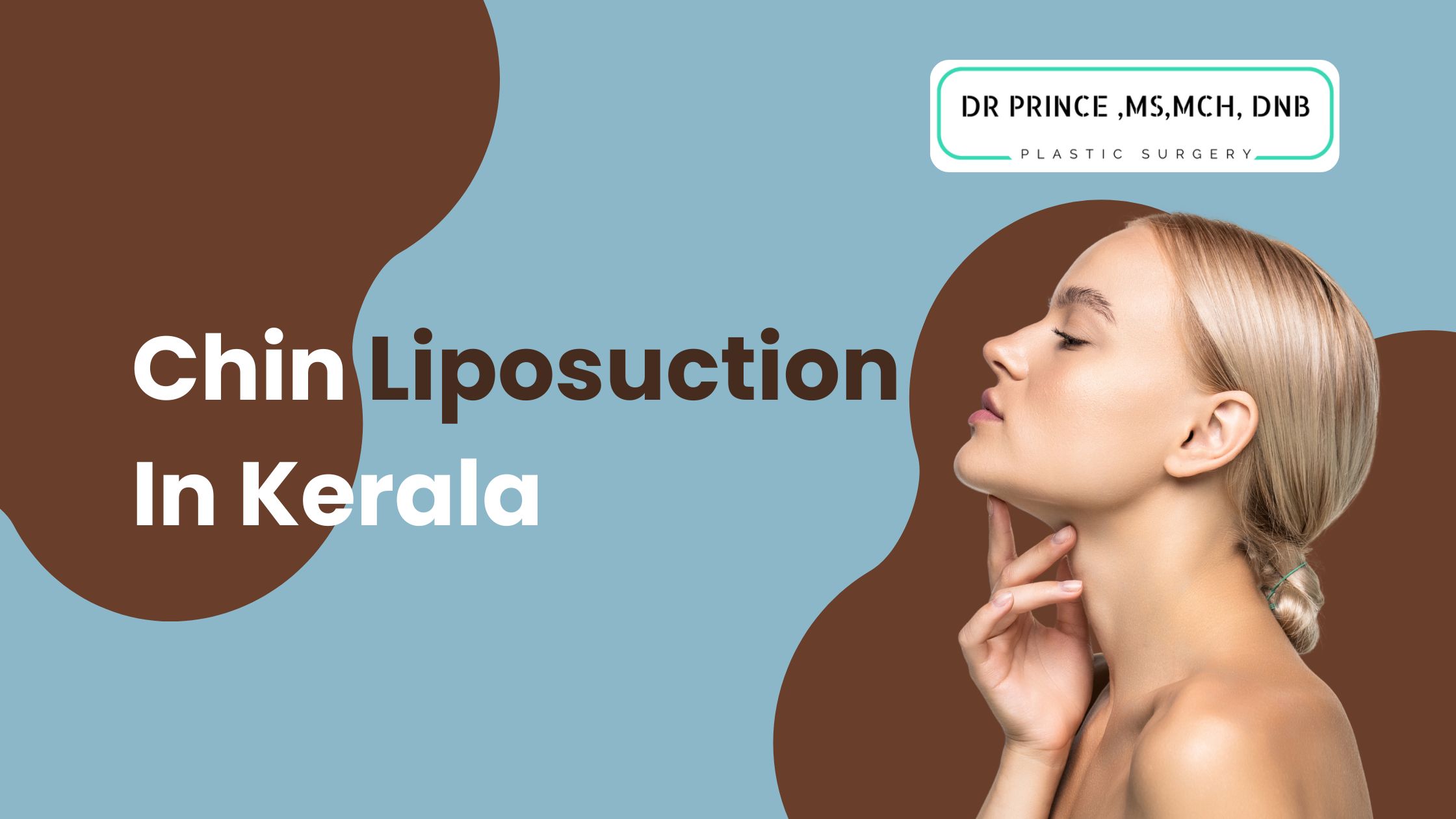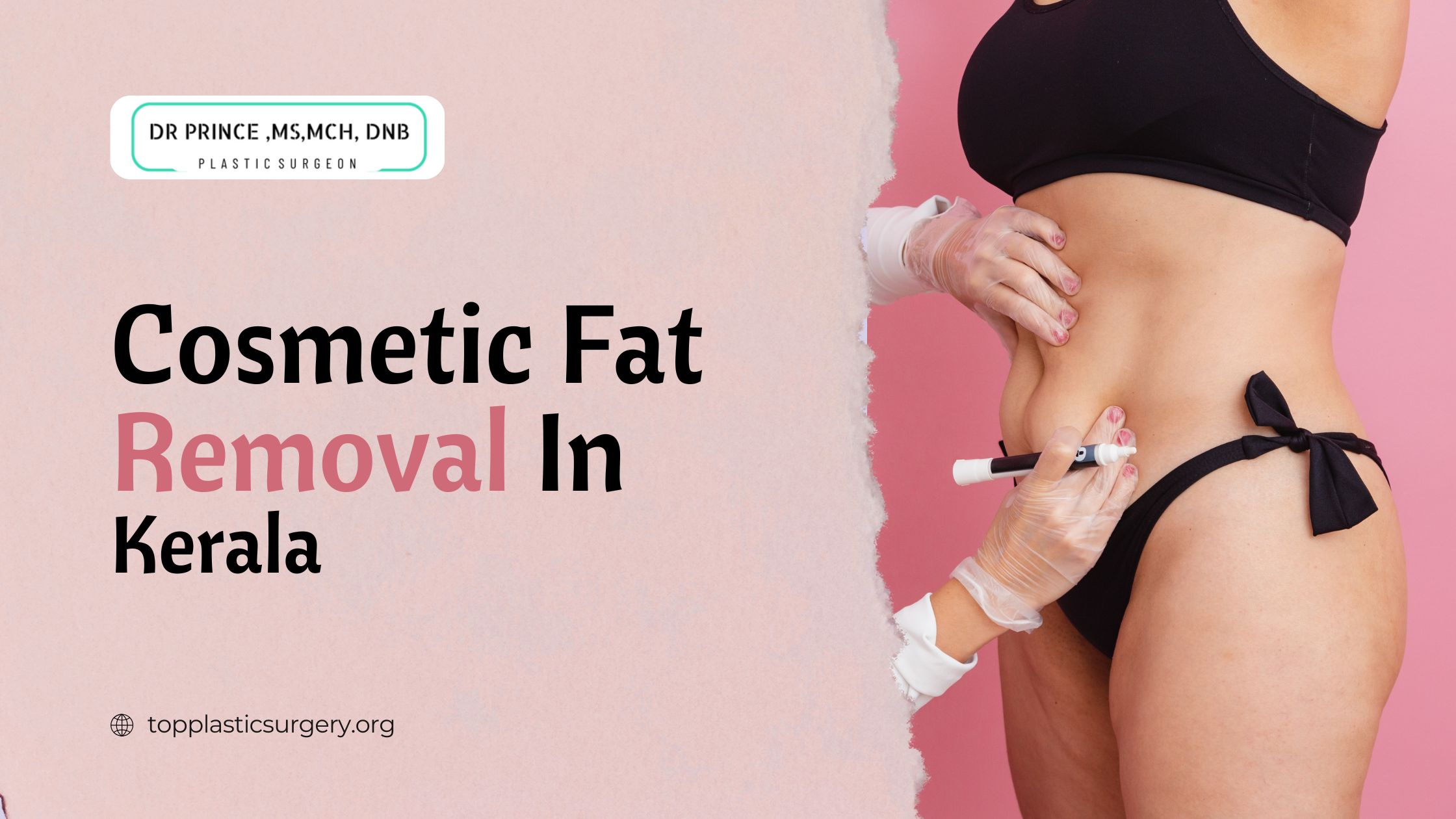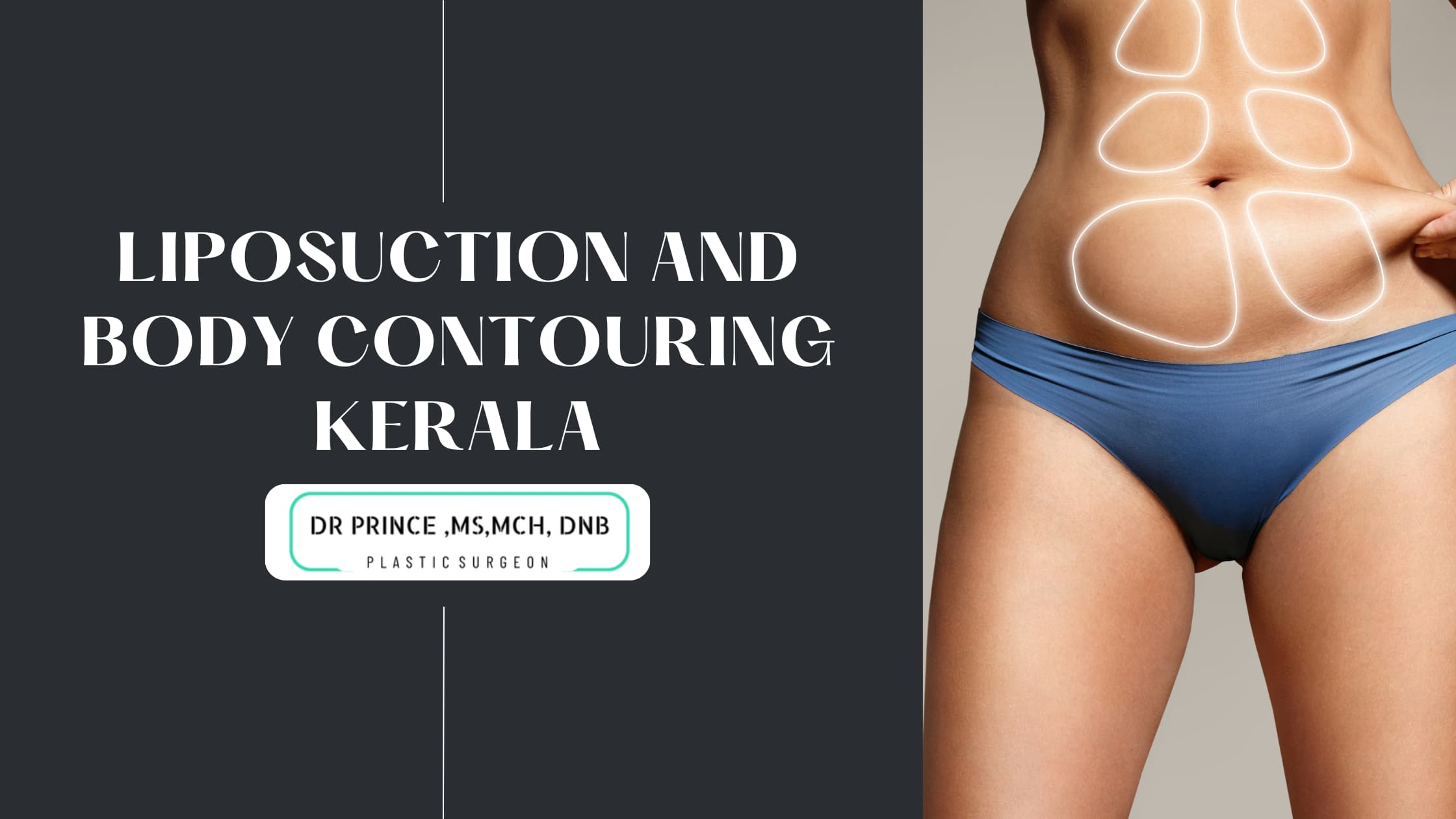A tummy tuck, or abdominoplasty, is a transformative surgical procedure that removes excess skin, tightens abdominal muscles, and reshapes the midsection. While the surgery itself is critical, your Tummy Tuck Recovery journey is equally important. The way you heal after the operation will influence your final results, your comfort, and your long-term satisfaction.
In this comprehensive guide, Dr. Prince, consultant plastic surgeon at the Sushrutha Institute of Plastic Surgery, shares an in-depth understanding of the recovery process, best practices, timelines, and what to expect each step of the way.
Why Understanding Tummy Tuck Recovery Matters
Many patients spend weeks or even months focusing on the “before” stage — researching the tummy tuck procedure, meeting with their plastic surgeon, and preparing for surgery. While that preparation is vital, the tummy tuck recovery phase is equally, if not more, important. This is the time when your body undertakes the essential work of healing, scar maturation, and refining your abdominal contour.
A well-managed tummy tuck recovery can significantly influence your final results. If recovery is rushed, neglected, or misunderstood, patients face an increased risk of delayed healing, wound complications, or results that do not meet expectations. Dr. Prince stresses that tummy tuck recovery is not a passive process. It requires active participation, careful adherence to post-operative instructions, and a commitment to allowing your body the time it needs to fully heal.
By understanding what to expect and following your surgeon’s guidance during tummy tuck recovery, patients can help ensure smoother healing, reduce the risk of complications, and maximize the aesthetic outcome they worked so hard to achieve.
What Exactly is a Tummy Tuck?
Many patients spend weeks or even months focusing on the “before” stage — researching the tummy tuck procedure, meeting with their plastic surgeon, and preparing for surgery. While that preparation is vital, the tummy tuck recovery phase is equally, if not more, important. This is the time when your body undertakes the essential work of healing, scar maturation, and refining your abdominal contour.
A well-managed tummy tuck recovery can significantly influence your final results. If recovery is rushed, neglected, or misunderstood, patients face an increased risk of delayed healing, wound complications, or results that do not meet expectations. Dr. Prince stresses that tummy tuck recovery is not a passive process. It requires active participation, careful adherence to post-operative instructions, and a commitment to allowing your body the time it needs to fully heal.
By understanding what to expect and following your surgeon’s guidance during tummy tuck recovery, patients can help ensure smoother healing, reduce the risk of complications, and maximize the aesthetic outcome they worked so hard to achieve.
A tummy tuck, or abdominoplasty, is a surgical procedure that removes excess skin and fat from the abdomen while also tightening weakened or separated abdominal muscles. This procedure can dramatically improve abdominal contour and create a flatter, firmer appearance.
It’s especially popular among individuals who have:
Lost a significant amount of weight and are left with loose, hanging skin
Experienced abdominal changes and stretched skin after pregnancy
Noticed skin laxity and weakened muscles due to aging
While the surgical procedure itself is highly transformative, the tummy tuck recovery phase plays an equally critical role in achieving the final result. You can think of the operation as setting the stage — but tummy tuck recovery is where the performance truly unfolds. It’s during this time that swelling decreases, scars begin to mature, and your body adapts to its new shape.
A smooth tummy tuck recovery requires patience, proper aftercare, and close communication with your surgeon to ensure optimal healing and long-lasting results.
Why Recovery Matters Just as Much as Surgery
It’s common for patients to underestimate the recovery process. Many assume that once the stitches are in place, the rest is simply a matter of waiting. In reality, tummy tuck recovery is far more involved and can have a direct impact on your final results.
The way you care for yourself in the weeks after surgery can significantly shape your outcome.
Ignoring medical advice during tummy tuck recovery can slow healing, increase the risk of complications, and compromise results.
Your daily habits — from nutrition and hydration to gentle movement and rest — influence how efficiently your body heals.
At the Sushrutha Institute of Plastic Surgery, Dr. Prince and his team make sure every patient understands that tummy tuck recovery is an active process, not a passive one. It requires attention, patience, and a willingness to follow individualized post-operative instructions. When done right, tummy tuck recovery is where the groundwork laid in the operating room transforms into the long-lasting, beautiful results you’ve envisioned.
Potential Side Effects and How to Manage Them
Every surgery comes with some aftereffects — most are temporary and part of your body’s normal healing process. Knowing what’s expected and what’s a warning sign can help you feel more confident during your Tummy Tuck Recovery.
Common, Temporary Side Effects
These are usually mild and improve with time:
Swelling and bruising – This is your body’s natural way of protecting the surgical area. Wearing your compression garment and following your surgeon’s movement guidelines can help reduce swelling faster.
Numbness around the incision site – Temporary nerve disturbance is common. Sensation often returns gradually over a few months.
Tightness in the abdomen when standing upright – This is due to muscle tightening and will ease as healing progresses. Walking slightly bent at the waist during the first week can reduce discomfort.
Warning Signs to Watch For
While rare, certain symptoms need immediate medical attention:
Increasing redness, warmth, or pus at the incision site – Could indicate infection.
Sudden swelling in one leg – May be a sign of a blood clot.
Difficulty breathing – Could suggest a more serious complication.
If you notice any of these warning signs during Tummy Tuck Recovery, contact your surgeon immediately. Dr. Prince and his team at Sushrutha Institute of Plastic Surgery are available to help address concerns promptly.
Why Choose Dr. Prince for Your Tummy Tuck Surgery?
When it comes to something as transformative and personal as a tummy tuck, choosing the right surgeon matters just as much as the procedure itself. At Sushrutha Institute of Plastic Surgery, located within Elite Hospital, Koorkenchery, Thrissur, Kerala, Dr. Prince combines advanced surgical skill with genuine patient care.
Here’s why so many patients trust him with their journey — from the very first consultation to the final stages of Tummy Tuck Recovery:
Extensive Expertise – Years of specialized training in plastic and reconstructive surgery ensure your procedure is both safe and effective.
Precision and Artistic Vision – Every surgery is approached with meticulous attention to detail for natural, balanced results.
Personalized Care – Your body, goals, and lifestyle are unique — your surgical plan and recovery guidance should be too.
Full Support Through Recovery – You’re not left to figure things out alone. Dr. Prince and his dedicated team guide you at every stage, ensuring a smooth and confident healing process.
(+91) 6238944054
contactplastiksurgery@gmail.com
Sushrutha Institute of Plastic Surgery, Elite Hospital, Koorkenchery, Thrissur, Kerala, India
Follow your surgeon’s instructions exactly, attend all follow-up appointments, eat a nutrient-rich diet, avoid smoking, and allow your body the time it needs to heal.
Ignoring post-operative advice can lead to wound problems, delayed healing, and less-than-ideal cosmetic results.
Light caregiving may be possible after the first week, but lifting children or heavy objects should be avoided for at least 4–6 weeks.
Yes, there will be a scar along the lower abdomen. With proper care during tummy tuck recovery, scars usually fade over 12–18 months.
Wearing your compression garment as instructed, staying hydrated, reducing salt intake, and gentle walking can help control swelling.


